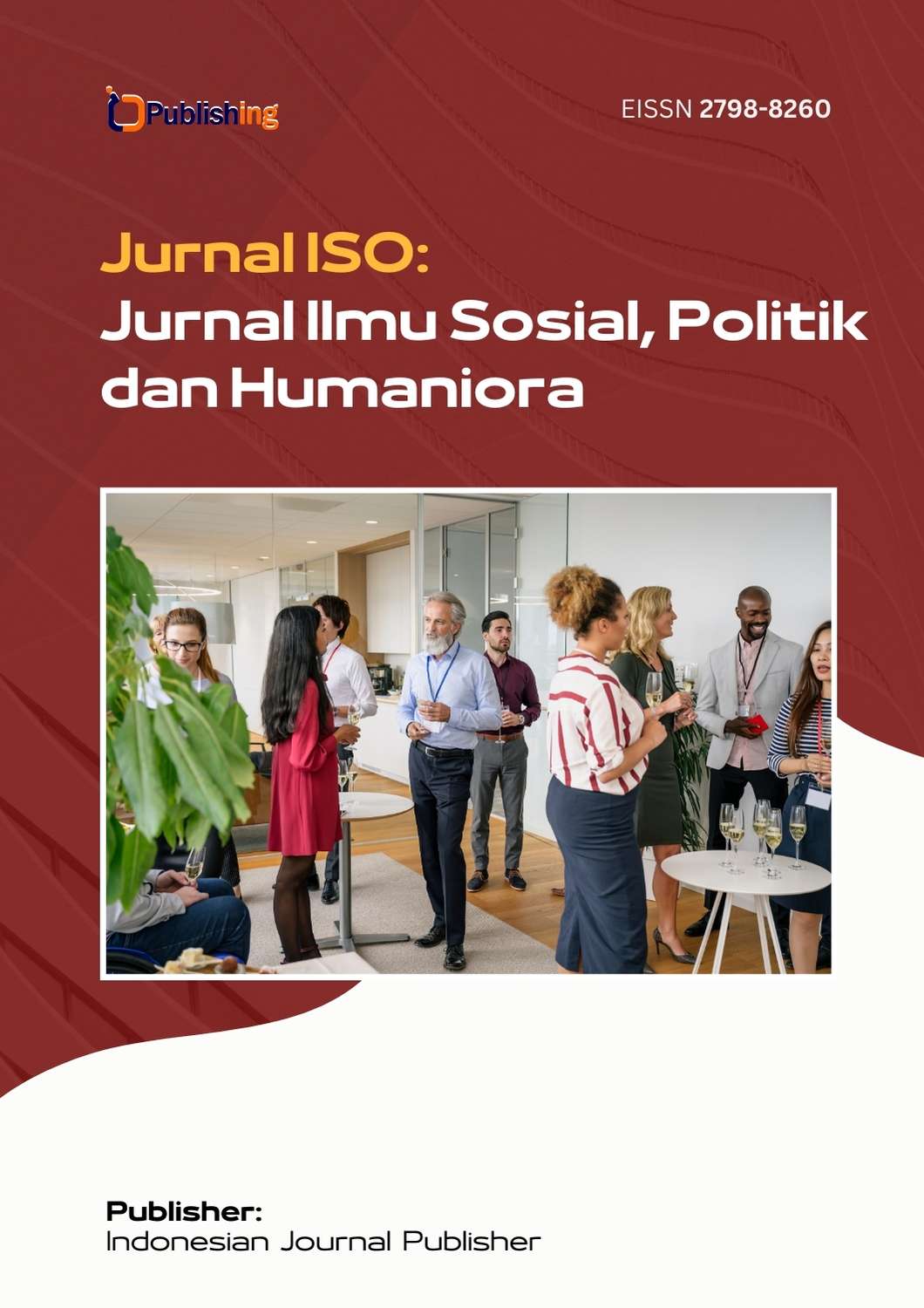Policy Tools for Preventing and Handling Sexual Violence at Universitas Negeri Padang
DOI:
https://doi.org/10.53697/iso.v5i1.2283Keywords:
Policy Tools, Sexual Violence, UniversitiesAbstract
This research discusses the policy tools made by Padang State University (UNP) in handling cases of sexual violence within the institution. Usually when sexual violence occurs, both against lecturers and students or female students, victims are confused about where to report it. If reported to the department or faculty level, victims usually cannot be handled properly because there are no guidelines that become benchmarks in preventing and handling sexual violence on campus. Therefore, a comprehensive and integrated policy tool is needed, starting from clear reporting procedures, structured case handling mechanisms, to an adequate victim assistance system.This research is a type of descriptive research with qualitative methods. The data collection techniques used are interviews and documentation. Informants in this study include the UNP PPKS Task Force, UNP Tendik, UNP Lecturers and UNP Students. This research uses the Policy Instrument Theory from Howlett and Ramesh (1995) which divides instruments into 3 (three) groups, namely, Compulsory Policy Instruments, Voluntary Policy Instruments, and Mixed Policy Instruments.The results of this study indicate that the implementation of the policy tools of Permendikbudristek No. 30 of 2021 at UNP has been running through various policy instruments, although there are several instruments that have not been implemented optimally. Referring to the Policy Instrument Theory proposed by Howlett and Ramesh (1995) shows that of the six existing policy instruments, four instruments have been fulfilled well, namely regulations, direct provisions, voluntary organizations, and information and exhortation. The other two instruments, namely public enterprises and subsidies, have not been fulfilled optimally due to constraints in coordination with government agencies and limited funding systems. UNP needs to strengthen coordination mechanisms with government agencies and develop a direct subsidy scheme for victims of sexual violence to ensure more effective policy implementation.
References
Anggraeni, N., & Humaeroh. (2021). Problematika Tindak Pidana Kekerasan Seksual Dalam Sistem Hukum di Jurnal Al-Ahkam Vol. 17 No. 2, 36-45.
Arikunto, S. (2010). Dasar-Dasar Evaluasi Pendidikan. Jakarta: Bumi Aksara.
Butler, L. C. (2019a). Less Safe in the Ivory Tower: Campus Sexual Assault Policy in the Trump Administration. Victims and Offenders, 14(8), 979–996. https://doi.org/10.1080/15564886.2019.1671289
Butler, L. C. (2019b). Less Safe in the Ivory Tower: Campus Sexual Assault Policy in the Trump Administration. Victims and Offenders, 14(8), 979–996. https://doi.org/10.1080/15564886.2019.1671289
Dahl, R. A. & Charles E. Lindblom. 1953. Politics, Economics, and Welfare. New York: Harper.
Gardiner, R. A. (2019). Politics Versus Policies: Fourth Wave Feminist Critiques of Higher Education’s Response to Sexual Violence. Journal of Women and Gender in Higher Education, 12(3), 319–336. https://doi.org/10.1080/26379112.2019.1681007
Howlett, M., & Ramesh, M. (1995). Studying public policy: Policy cycles and policy subsystems. Toronto: Oxford University Press.
Kamahi, U. (2017). Teori Kekuasaan Michel Foucault: Tantangan bagi Sosiologi Politik (Umar Kamahi). Jurnal Al-Khitabah, 3(1), 117–133. http://journal.uin-alauddin.ac.id/index.php/Al-Khitabah/article/view/2926/2802
Kamalludin, I. (2024). Formulation of criminal policy on sexual violence rehabilitation based on family therapy with the maqasid al-sharia principles. Jurnal Hukum Islam, 22(1), 123–160. https://doi.org/10.28918/jhi.v22i1_5
Kusuma, Y. T. (2023). Perlindungan Hukum Bagi Korban Tindak Pidana Kekerasan Seksual Di Perguruan Tinggi. Jurnal Legisia, 15(1), 1–13. https://doi.org/10.58350/leg.v15i1.245
McMahon, S. (2023). Development of the Services, Policies and Programs Audit Tool to Address Campus Sexual Violence. Health Education and Behavior, 50(3), 310–317. https://doi.org/10.1177/10901981221116785
Moleong, L. J. (2016). Metodologi Penelitian Kualitatif, Bandung: Remaja Rosdakarya.
Mukhtar (2005). Metode Praktis Penelitian Deskriptif Kualitatif.
Nurtjahyo, L. I. (2022). Gender-Based Violence in South-East Asia: Policy in Practice. Gender-Based Violence in South-East Asia: Policy in Practice, 1–173. https://doi.org/10.1007/978-981-19-2492-7
Peraturan Menteri Pendidikan Kebudayaan Riset dan Teknologi (Permendikbudrisktek) Nomor 30 Tahun 2021 Tentang Pencegahan Dan Penanganan Kekerasan Seksual Di Lingkungan Perguruan Tinggi.
Salabay, D. N. (2024a). Development of Policies for Preventing and Handling Workplace Sexual Harassment: A Systematic Literature Review. E3S Web of Conferences, 593. https://doi.org/10.1051/e3sconf/202459301004
Salabay, D. N. (2024b). Development of Policies for Preventing and Handling Workplace Sexual Harassment: A Systematic Literature Review. E3S Web of Conferences, 593. https://doi.org/10.1051/e3sconf/202459301004
Singh, S. (2019). Women-friendly policies disclosure by companies in India. Equality, Diversity and Inclusion, 38(8), 857–869. https://doi.org/10.1108/EDI-12-2017-0291
Suardi. (2024). Equality of Rights and Accessibility Policy Interventions as Prevention of Sexual Violence against Persons with Disabilities: A Mixed Method Study. Journal of Ecohumanism, 3(6), 1931–1945. https://doi.org/10.62754/joe.v3i6.4149
Torjesen, I. (2023). Trusts should review policies for handling sexual assault and harassment of staff and patients, NHS England says. BMJ (Clinical Research Ed.), 382. https://doi.org/10.1136/bmj.p1758
Downloads
Published
How to Cite
Issue
Section
License
Copyright (c) 2025 Rico Ade Saputra

This work is licensed under a Creative Commons Attribution 4.0 International License.













